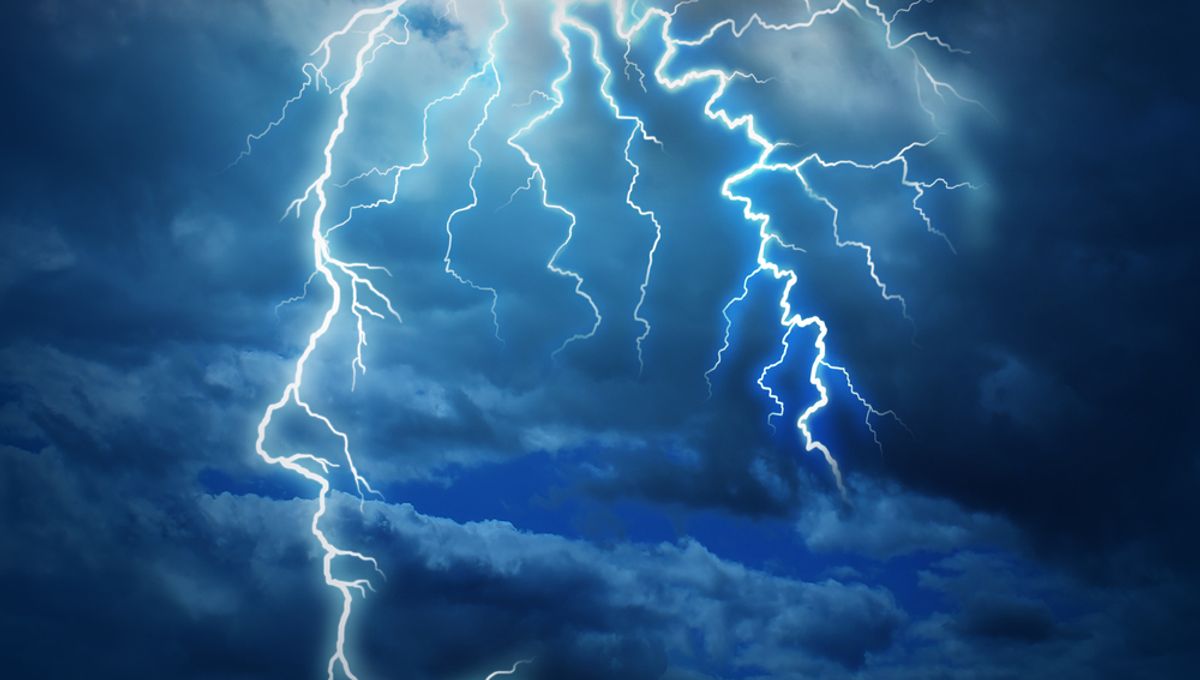
Electroconvulsive therapy (ECT) may not be the most palatable of treatment options, but new research indicates that the seizure-inducing technique may be more effective than ketamine at alleviating depression. Researchers pooled data from six separate studies, finding that ECT was in fact superior to ketamine in every trial they looked at.
Over the past few years, ketamine has emerged as a highly promising treatment for depression, with several studies highlighting its remarkably rapid effects. Capable of providing relief within 24 hours of administration, the drug is not currently licensed for medical use, although a related compound called eskatamine has been approved by the US Food and Drug Administration (FDA).
Despite the recent hype around ketamine, however, the study authors point out that ECT is still “considered the gold standard treatment for [depression] because of its proven high efficacy.” At the same time, they concede that the method is not particularly appealing to patients, as it requires the use of anesthesia and involves passing an electrical current through the skull in order to produce a generalized seizure.
To compare the efficacy of ketamine and ECT, the researchers analyzed the results of six studies conducted in Sweden, Germany, Iran, and India, of which five were randomized clinical trials. The studies included a combined total of 340 patients, 162 of whom underwent ECT for depression while the remaining 178 received ketamine.
“Every single study directly reports ECT works better than ketamine,” explained study author Taeho Greg Rhee in a statement. Based on this result, the researchers conclude that “ECT may be superior to ketamine for improving depression severity in the acute phase,” although they also state that “treatment options should be individualized and patient-centered.”
For instance, they mention that patients who require instant relief may benefit more from ketamine, since the drug was reported to provide more rapid anti-depressant effects than ECT in three separate studies. In contrast, ECT was found to be faster-acting in only one study.
The authors also point out that the two treatment options were associated with very different side effects, and that certain patients may therefore be better suited to one over the other. Ketamine, for example, was more likely to produce blurred vision, vertigo, and transient dissociative symptoms, while ECT was linked to headaches and muscle pain.
Furthermore, as Rhee points out, “people are still skeptical of ECT, perhaps because of stigma.” Famously utilized to pacify the fiery Randle McMurphy in Ken Keysey’s novel One Flew Over The Cuckoo’s Nest – later portrayed on screen by Jack Nicholson – the invasive technique is likely to be less appealing than ketamine to many patients.
Despite this assumption, though, the researchers say that none of the six studies reported on patients’ willingness to undergo either of these therapies. Therefore, they urge future studies to “consider patient tolerability and acceptability with respect to these two potential treatments.”
The study was published in the journal JAMA Psychiatry.
Source Link: Electroconvulsive Therapy Could Be Better Than Ketamine At Treating Depression